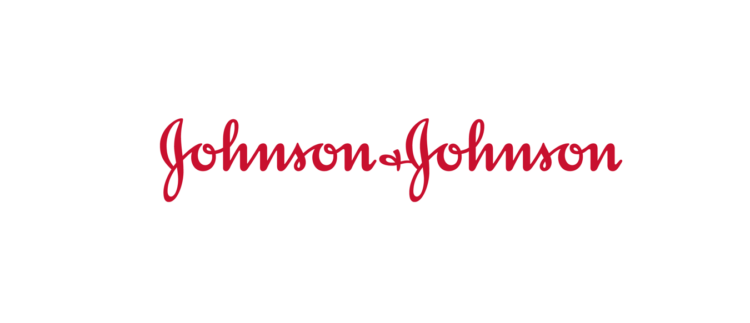In global market today, it can be supposed that there are two typical kinds of oceans: read oceans and blue oceans. Of two sorts of market, red oceans are defined as a known space for all existent industries nowadays. On the contrary, blue oceans are regarded as an unknown area for industries which do not exist. As a result, red oceans present all existing rules related to business competition and industrial regulations. This market defines and determines the boundaries for all games and rules. In this market, companies strive to compete with their competitors and rivals in order to gain better benefit and dominate more market share of current demand. Therefore, red oceans provide for space for enterprises to focus on their competition for decades. However, the space is limited while competitive battles are becoming increasingly fierce. There are more and more participants wanting to invest in the same products.Continue reading
Corporate Strategies
Porter’s Five Forces and Three Generic Strategies
The long development of Porter’s Five Forces Analysis has brought to the fact that those forces become the determinants of the industry’s competition. These five forces are treat of new entry, rivalry among existing firms, treat from substitute products, bargaining power of buyers, and bargaining power of suppliers. Furthermore, five forces analysis is treated by the organization to measure the level of competition, besides that, it is used as a strong first step in understanding how one industry compares to another and also to determine industry profitability because they influence the prices, costs, and required investment of firm in an industry. In order to be competitive enough, a normal company that seeks profitability would have to understand how they work in its industry and how they affect the company in its particular situation. Therefore, Three Generic Strategies were implemented to establish a strategic agenda for dealing with these five forces.Continue reading
Case Study of Jack Welch: Leadership that Creates Innovation
When Jack Welch became CEO of General Electric in 1981, he was only the 11th CEO the company had seen in its 120 years of existence. Although GE was a $13 billion a year company, it began showing signs of necessary change as it had reached the stage between maturity and decline. After 20 years at the helm, Jack Welch had turned General Electric (GE) into one of the world’s most successful companies. Welch increased GE’s market value from $13 billion to over $300 billion in 2001. He guided the once struggling company to what was then the biggest corporation in the entire world as well as the most profitable. Through the use of goal setting, empowerment, and communication Welch transformed the gigantic and complacent company into an energized multi-national organization ready to face world competition. Through an analysis of the techniques employed by Welch, one can gain a betterContinue reading
What are Dynamic Capabilities?
Concept of Dynamic Capabilities of a Firm A dynamic capability refers to company’s ability to integrate, build and transform internal and external competencies. They can help an organization to achieve innovative forms of competitive advantage through integration, building and transformation of internal and external competencies, as to respond to changes in the environment. This management theory was defined by David Teece, Gary Pisano, and Amy Shuen in their 1997 paper Dynamic Capabilities and Strategic Management. In the context of achieving organizational change, aligned to the external pressure: namely, these capabilities are perceived as business processes that use resources — specifically the processes of integration, restructuring, acquisition and release resources — to adapt or create market changes. Dynamic capabilities are especially helpful in explaining the sources of competitive advantage in extremely volatile markets. Dynamic capabilities are determined by organizational and managerial processes, positions and paths. The organizational and managerial processes referContinue reading
The Importance of Core Competencies in Strategy Formulation
Strategy allows an organisation to deliver its vision. To develop a deliberate strategy which could potentially increase the sustainability of an organisation clearly requires the identification of core competencies but often a single strategy is not the answer. Organisations require a headline strategy to fit a brief which resonates the vision but several strategies are required over many departments such as research and development, production and marketing to deliver the main strategy. The process of strategy development is complex and methodology depends on several factors including the availability of resources and the external environment. The first step in strategy development is the identification of core competencies then followed by the the process of leveraging resources so they can be exploited for maximum benefit. Strategy development is a crucial step in attaining competitive advantage but a strategy is only as successful as its implementation. The process of leveraging core competencies thereforeContinue reading
Case Study: Johnson & Johnson Company Analysis
Founded in 1866 as a family business, Johnson & Johnson now has over 130,000 employees in 60 countries worldwide. What started off as a small, three-person business, the company has now expanded across the globe and was named a “2017 Fortune’s Most Admired Company”. One may wonder, how did brothers Robert, James, and Edward Johnson set the foundation for the next 130 years to come? This success can be attributed to Johnson & Johnson’s Strategic Framework, which is at the root of all decision-making. The company’s Strategic Framework is comprised of three main components: The Foundation, Strategic Principles, and Growth Drivers. All three sections of the Strategic Framework include insight into Johnson & Johnson’s Management Approach, which guides the company’s philosophy for continuous success. The Foundation includes the Credo, which establishes the values incorporated into the decision-making process. The Credo can be seen in every single office and corner ofContinue reading


